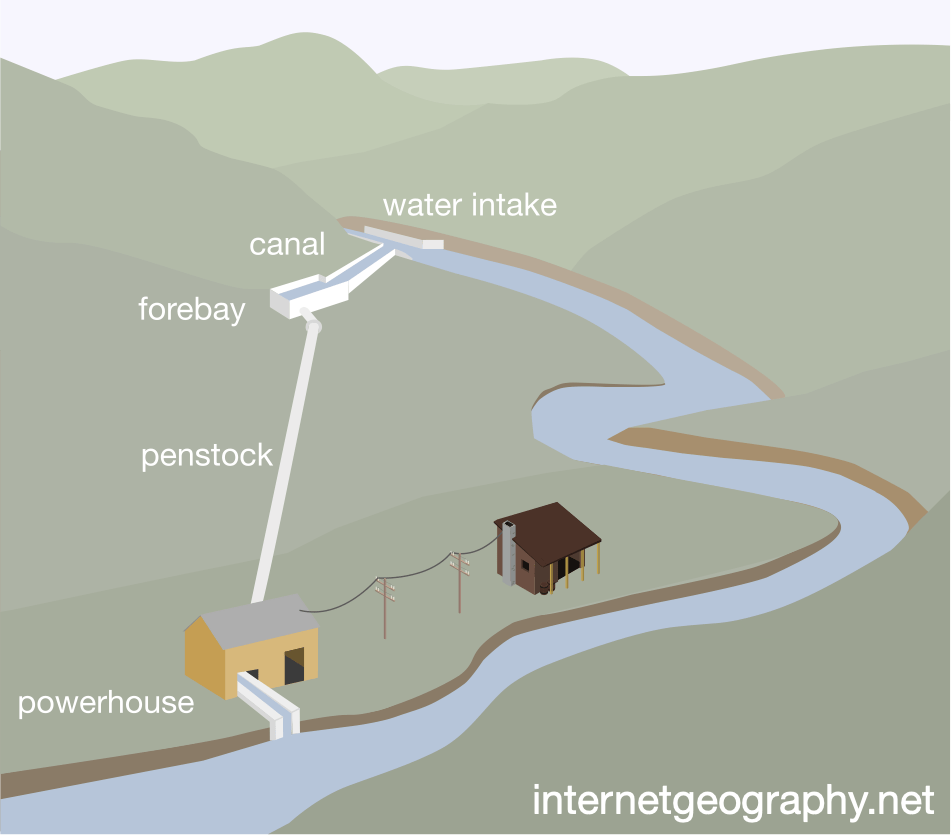Chambamontera Micro-hydro Scheme
Where is Chambamontera?
Chambamontera is a remote community in Peru in the Andes Mountains, accessible by a rough track more than two hours from the closest town, Jaén.
Why does Chambamontera need a sustainable energy scheme?
The community of Chambamontera requires a sustainable energy scheme because most of its inhabitants rely on subsistence farming, small-scale coffee production, and livestock rearing. The lack of electricity has significantly hindered development, as it is essential for heating, lighting, and powering homes and businesses. Despite efficient farming practices, poverty is widespread, with nearly half of the population living on just US$2 a day. The area’s challenging terrain, with steep slopes at altitudes up to 1700 meters and roads often closed in winter, contributes to its isolation and the economic impracticality of constructing a traditional electricity grid.
What is the Chambamontera micro-hydro scheme?
To address the energy shortage, Chambamontera implemented a micro-hydro scheme with the help of the charity Practical Action. The region’s high rainfall, steep terrain, and fast-flowing rivers make it well-suited to harnessing water power as a sustainable energy source. The project’s total cost was US$51,000, with funding from the government, investments from Japan, and contributions from the local community. Each family faced an average cost of US$750, with credit options available to assist with payments.
How has the local community benefited?
The micro-hydro project has brought numerous advantages to the local community by delivering a reliable and sustainable energy source. This initiative has significantly improved the residents’ livelihoods by allowing for more productive economic activities. Benefits of the scheme include:
- The generation of renewable energy reduces reliance on non-sustainable sources.
- Minimal maintenance and operational expenses associated with the technology.
- A negligible environmental footprint, preserving the natural integrity of the region.
- Using local workforce and materials in the construction fosters community involvement and economic benefit.
The micro-hydro scheme has led to several improvements for the local community, including:
- Encouraging business growth, as access to piped water has enabled the use of machinery for coffee processing.
- Reducing the risk of fires since there is no longer a need for kerosene lighting.
- Improving educational opportunities by enabling students to study after dark due to improved school facilities.
- Strengthening healthcare services through the refrigeration of medicines.
- Promoting safer nighttime mobility with the installation of street lights.
- Contributing to an increase in the local population by reducing rural-to-urban migration.
- Mitigating flood risks by regulating river water flow.
- Decreasing reliance on wood as a heating source helps prevent deforestation and soil erosion.
- Ensuring the project’s sustainability with a lifespan of at least 25 years.
- Providing consistent electricity during winter months when the demand for heating is greater.
- Offering dependable power supply for refrigeration, lighting, computer use, and entertainment.
Summary
Flashcards
Check Your Knowledge
Coming soon
Test Yourself
Resource Management
Menu coming soon

